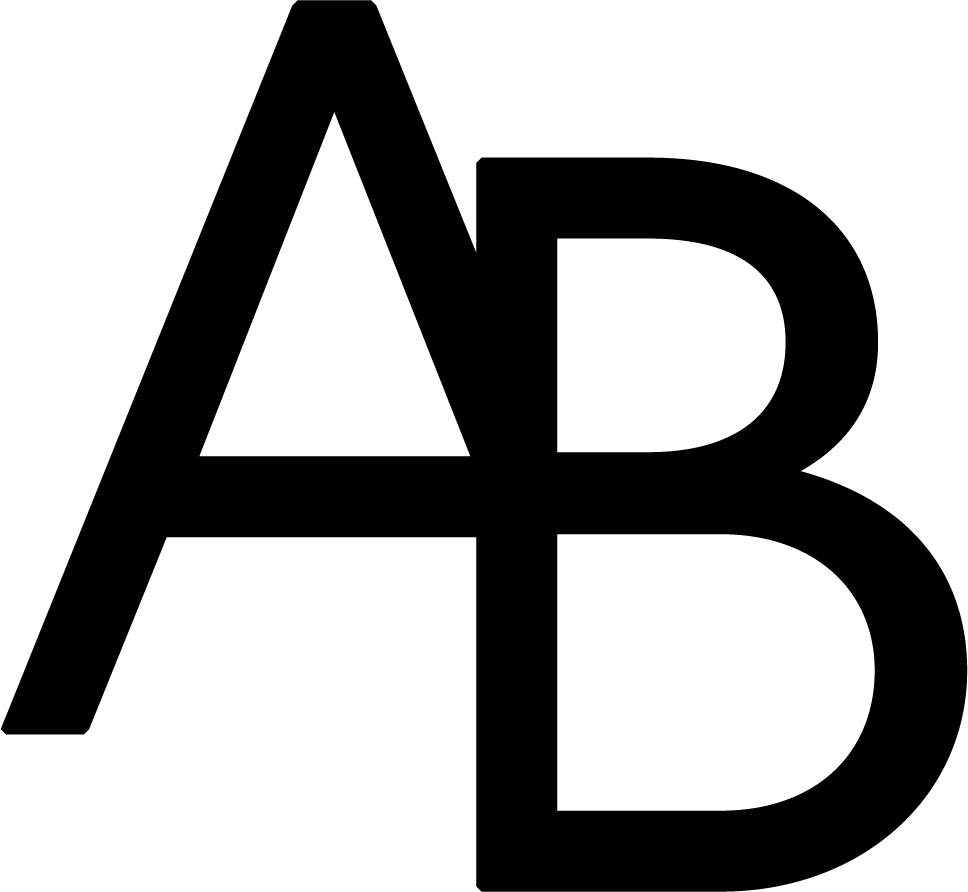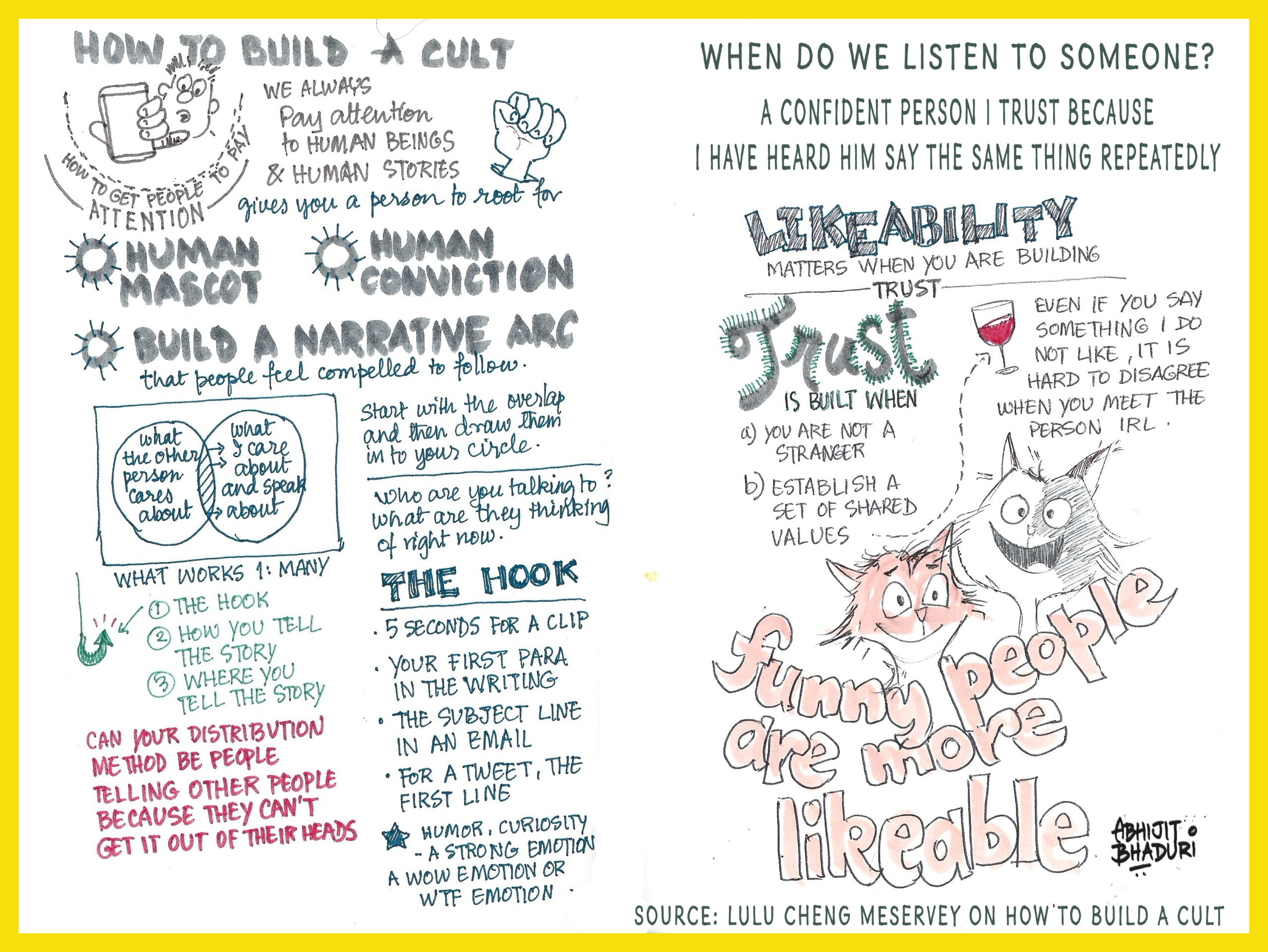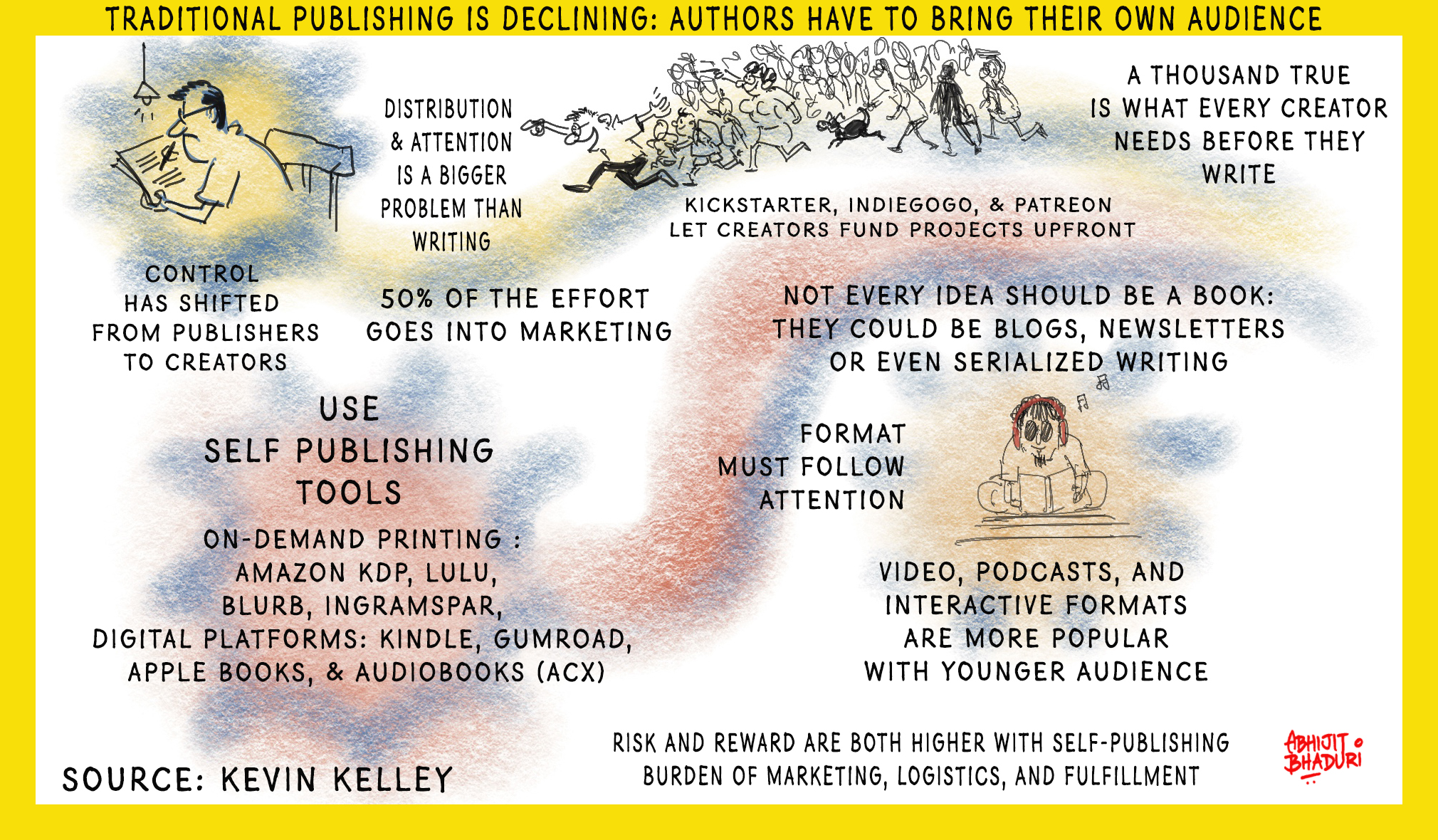Imagine going for dinner to a chef’s home and he serves you Maggi Instant Noodles. What if he invited you to help him arrange the table, chop the vegetables and pour the soup. Wouldn’t that be memorable? Learning needs to be like that.

Ikea does not assemble the furniture. You have to do it yourself. But people love the furniture they have assembled – even if it is not perfectly assembled.
The Ikea Effect
Picture this: Your L&D team just rolled out a beautifully designed training program. The content is polished. The platform is sleek. The budget was significant. Yet three months later, completion rates are dismal, and the feedback is a collective shrug.
Sound familiar? Here’s the uncomfortable truth: employees don’t undervalue your training because it’s bad. They undervalue it because they didn’t help build it. And in doing so, you’re missing out on one of the most powerful psychological forces in the workplace—the IKEA Effect.
It Maybe Perfect But…
Companies invest heavily in creating comprehensive, expert-designed training programs. These initiatives check every box: cutting-edge content, engaging multimedia, seamless user experience. Yet despite this polish, adoption remains stubbornly low. Employees click through out of obligation, not enthusiasm. The learning doesn’t stick, and the ROI disappoints.
The question isn’t about quality—it’s about ownership. How can HR and talent leaders make learning something employees genuinely value and return to, rather than just another corporate requirement?
The answer lies in a counter-intuitive principle: let employees co-create the programs themselves.
What Behavioral Science Tells Us
The IKEA Effect reveals a fundamental truth about human psychology: effort creates emotional attachment. When we invest labor into something—even something as simple as assembling furniture—we value it more highly than identical items we didn’t build. This isn’t rational, but it’s deeply human.
This phenomenon operates on three interconnected principles in the workplace:
First, effort creates ownership. When employees contribute to designing a learning pathway, developing training content, or shaping onboarding experiences, they develop a stake in its success. It becomes “ours” rather than “theirs.”
Second, pre-packaged feels generic. No matter how well-designed, top-down programs signal that employees are passive recipients rather than active participants. This positioning undermines engagement before the first module even loads.
Third, co-creation builds both pride and relevance. When employees shape their own learning, they naturally align it with real challenges they face. The content becomes immediately applicable rather than theoretically useful.
Think of it like cooking: a home-cooked meal—even an imperfect one—often feels more satisfying than the identical dish at a restaurant. The effort transforms the experience. As the ancient proverb reminds us: “What is well planted will not be uprooted.” Effort roots value more deeply than perfection ever could.
The Evidence Is Compelling
This isn’t just theory. Organizations that embrace employee co-creation see measurable results:
PwC launched a Digital Fitness App that let employees co-create their own learning challenges rather than following prescribed paths. Adoption jumped 70% compared to traditional programs, with employees voluntarily spending more time learning and sharing their progress with peers.
Cisco shifted from standard study materials to peer-generated study guides for technical certifications. When employees created content for each other—sharing real-world tips, common pitfalls, and practical examples—certification pass rates rose 20%.
These aren’t isolated success stories. They represent a fundamental shift in how learning works when employees move from consumers to creators.
https://api.substack.com/feed/podcast/50012/private/c4d7378b-0753-4e41-820d-374f63ed9dc2.rssThe Science Behind the Ikea Effect
The IKEA Effect isn’t a marketing gimmick—it’s a well-documented psychological phenomenon. In 2011, behavioral scientists Michael Norton, Daniel Mochon, and Dan Ariely conducted a revealing study. They asked participants to build items like IKEA furniture, Lego sets, or origami creations, then price their own work alongside identical pre-assembled items.
The results were striking: people valued their own creations 63% higher than identical items they hadn’t built. The effort didn’t just create something physical—it inflated perceived worth. Participants saw their clumsy origami as more valuable than expertly folded versions. Their labor became inseparable from their assessment of value.
This effect shows up everywhere in daily life. Gardeners treasure vegetables from their own plot more than farmer’s market produce. Children cherish messy artwork they created over pristine store-bought decorations. Parents display hand-drawn cards with more pride than expensive gifts.
The implications for talent management are profound. When employees co-create learning modules, build onboarding playbooks, lead peer training sessions, or organize internal hackathons, they develop ownership that no top-down initiative can replicate. The program becomes theirs to champion, improve, and advocate for.

Co-Creation in Learning
The traditional approach to corporate learning rested on a simple assumption: expert-designed programs equal high value. The logic seemed sound—bring in the best instructional designers, the most qualified subject matter experts, the slickest technology, and employees will naturally appreciate and engage with the result.
Co-creation doesn’t mean abandoning expertise; it means channeling it through employee voices rather than around them.
But this assumption has become obsolete. LinkedIn’s 2020 Workplace Learning Report revealed that employees prefer peer-to-peer learning at twice the rate of top-down training. The expertise matters less than the relatability. Employees don’t just want content from experts; they want to learn from people who recently struggled with the same challenges they face.
The shift isn’t about lowering standards—it’s about changing who sets them. Co-creation doesn’t mean abandoning expertise; it means channeling it through employee voices rather than around them.
The Employer Brand Opportunity
Here’s the bonus: when employees co-create learning experiences, they don’t just engage with them—they share them. Scroll through LinkedIn, and you’ll notice a pattern. Posts about completing a company training program get modest engagement. But posts about building something—launching an employee-led workshop series, creating a peer mentoring program, developing a new onboarding experience—generate genuine enthusiasm.
When employees share stories that begin with “we built this together,” they become authentic brand advocates. Their pride isn’t manufactured; it’s earned through contribution. Potential candidates see an organization that values employee input and treats them as partners in growth, not passive learners. That’s an employer brand that attracts talent.
Start Small, Build Momentum
You don’t need to redesign your entire learning ecosystem overnight. Start by asking employees to contribute one element: case studies from their own projects, tips for new hires, or suggestions for improving existing modules. Create space for peer-led lunch-and-learns. Launch pilot programs where small teams design learning experiences for their colleagues.
I helped a client rethink their onboarding by letting the team design the onboarding experience. The result was a huge ownership of the new hire’s success was now with the team. They owned the design and the outcome. You could try it out as well.
The messiness is part of the value. The imperfection signals authenticity. And the effort—both yours and theirs—creates something no perfectly designed program can: genuine ownership.
Because in the end, people don’t just value what they build. They champion it, improve it, and invite others to join them. That’s not a training program. That’s a movement.
What employees helped build in your organization recently? The answer might reveal your next engagement strategy.



